Learning from the Ground Up: What Rwandan Students Taught Me About the Environment
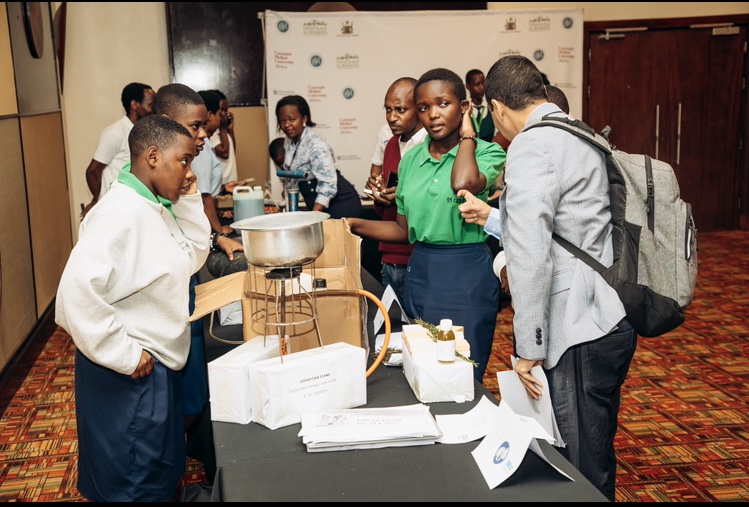
In the middle of busy school days, where lessons blend into lunch bells and chalk dust still clings to blackboards, something powerful is quietly unfolding in Rwanda. Young students—some still in their early teens—are using science not just to pass exams, but to protect their environment and care for the communities around them.
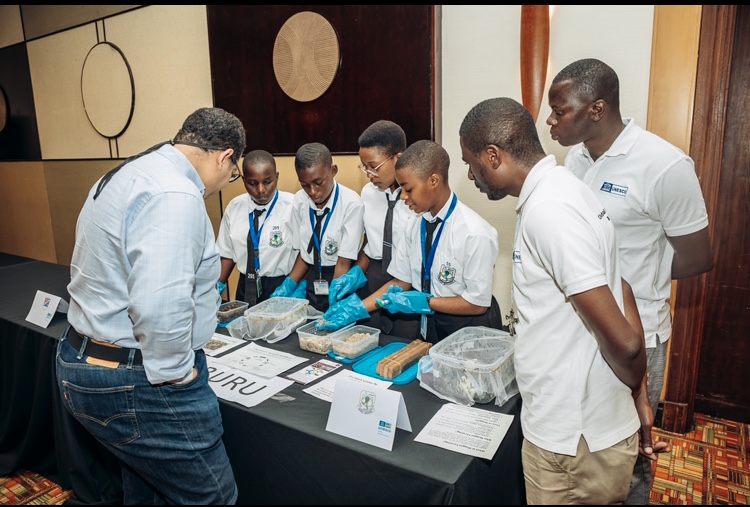
I didn’t expect to be moved by so many stories from so many corners of the country—Huye, Musanze, Rubavu, Nyagatare, Rusizi—but here we are. Thanks to the UNESCO-supported Education for Sustainable Development (ESD) and Global Citizenship Education (GCED) program, these students are tackling real environmental challenges, not with high-tech tools or big funding—but with creativity, heart, and whatever they can find nearby.
At G.S Gatagara, students are piecing together simple water filtration systems out of sand, charcoal, and recycled plastic bottles. It’s a humble setup, but it’s based on real science—and it asks a serious question: how can people in rural areas get safe water if they don’t have filters or electricity?
In Musanze, students at Saint Vincent Muhoza are turning aloe vera into soap and lotion. Meanwhile, others at GS Marie Reine Rwaza are collecting urine (yes, you read that right) to make natural fertilizer for crops. It might raise eyebrows at first, but it’s actually smart, sustainable, and brave.

Students at Ecole des Sciences de Gisenyi are working on an alternative gas for cooking that might help reduce the use of wood, and therefore, deforestation. They’re also making soap and lotion from rosemary. It’s simple, but powerful—using what grows around them to meet real needs.
Down in Rubavu, GS Gacuba II has found a way to turn school-grown avocados into body lotion, soap, and they are also making reusable sanitary pads. Their approach is gentle, local, and deeply thoughtful—especially when it comes to what girls need to stay in school.
In Nyagatare, students from Bright Academy are getting creative with waste—expired face masks, old plastic bottles, food scraps. Instead of throwing them away, they’re turning them into compost, jewelry, flower pots—useful things. And they’re using it to teach others about climate change.
Then there’s GS Nyagatare, where students have a wild and wonderful idea: to simulate coral reefs in greenhouses. Why? So they can study their medical potential—even in a country without a coastline. It might sound far-fetched, but who’s to say imagination isn’t the beginning of real science?
Finally, in TTC Mururu, students are raising black fly larvae to turn food waste into animal feed. It’s not glamorous—but it’s clever. It solves two problems at once: waste and protein supply. And it shows what science can do when it’s grounded in real, everyday needs.
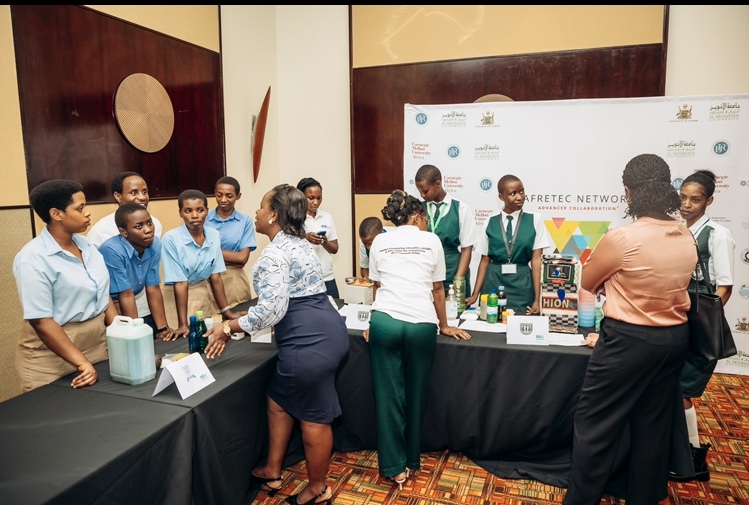
What struck me most in all of this wasn’t just the experiments—it was the intention. These students aren’t waiting for someone to come solve problems for them. They’re doing what they can, where they are, with what they have. Some of them are still figuring it out. Some projects need refining. But all of them are trying—and learning along the way.
They face plenty of challenges. Some don’t have access to proper lab equipment. Others are doing everything on borrowed time and recycled materials. A few shared how people didn’t take their work seriously at first. But they keep going.
They’re not asking for much—just support. A little training. A few tools. Maybe someone to believe in their ideas.
That’s what this is really about. Not just science, not just education. It’s about growing something meaningful from the ground up. It’s about caring for the earth, for each other, and for the future.
I walked away from these stories with a full heart—and a quiet hope. If this is what Rwanda’s students are building today, then the country’s environmental future is in very good hands.
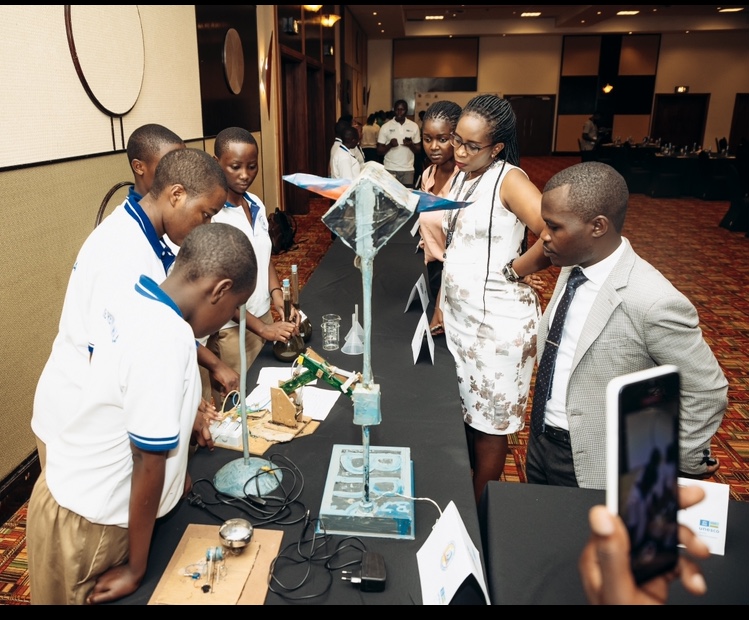
Trending Now
Hot Topics
Related Articles
A Climate Crossroads: 2025 Set to Be the 2nd or 3rd Warmest Year on Record
As global leaders meet at COP30 in Belém, a new update from...
Rwanda Braces for Mixed Weather as November Ends
As November comes to a close, Rwanda is preparing for a mix...
Where Royal Cows Meet Lake Kivu: Inyambo Add a Cultural Dimension to the Kivu Beach Expo
As Rutsiro District prepares for the 2025 Kivu Beach Expo and Festival,...
Rwanda to Showcase Ambitious Climate Action at COP30 in Belém, Brazil
As global attention turns to the Amazon basin this November, Rwanda is...



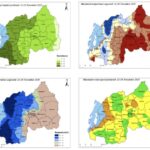
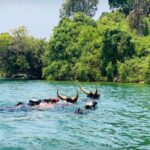

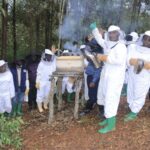
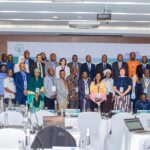

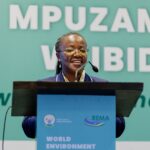

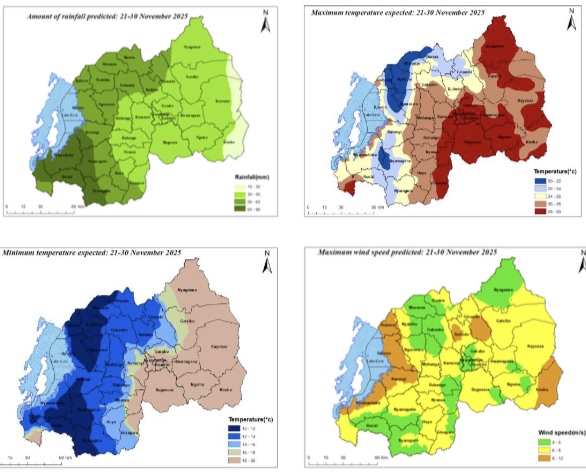
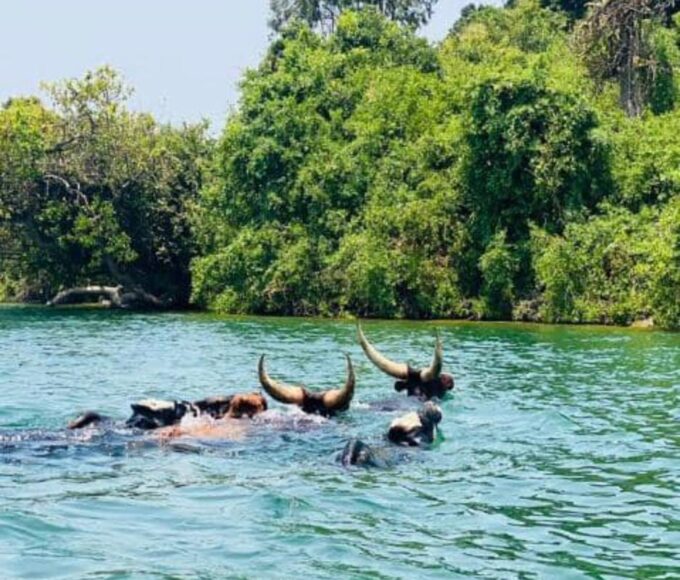
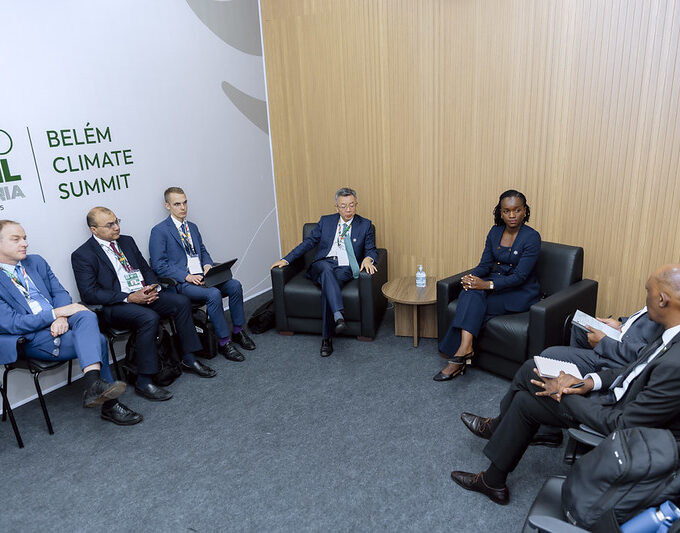
Leave a comment